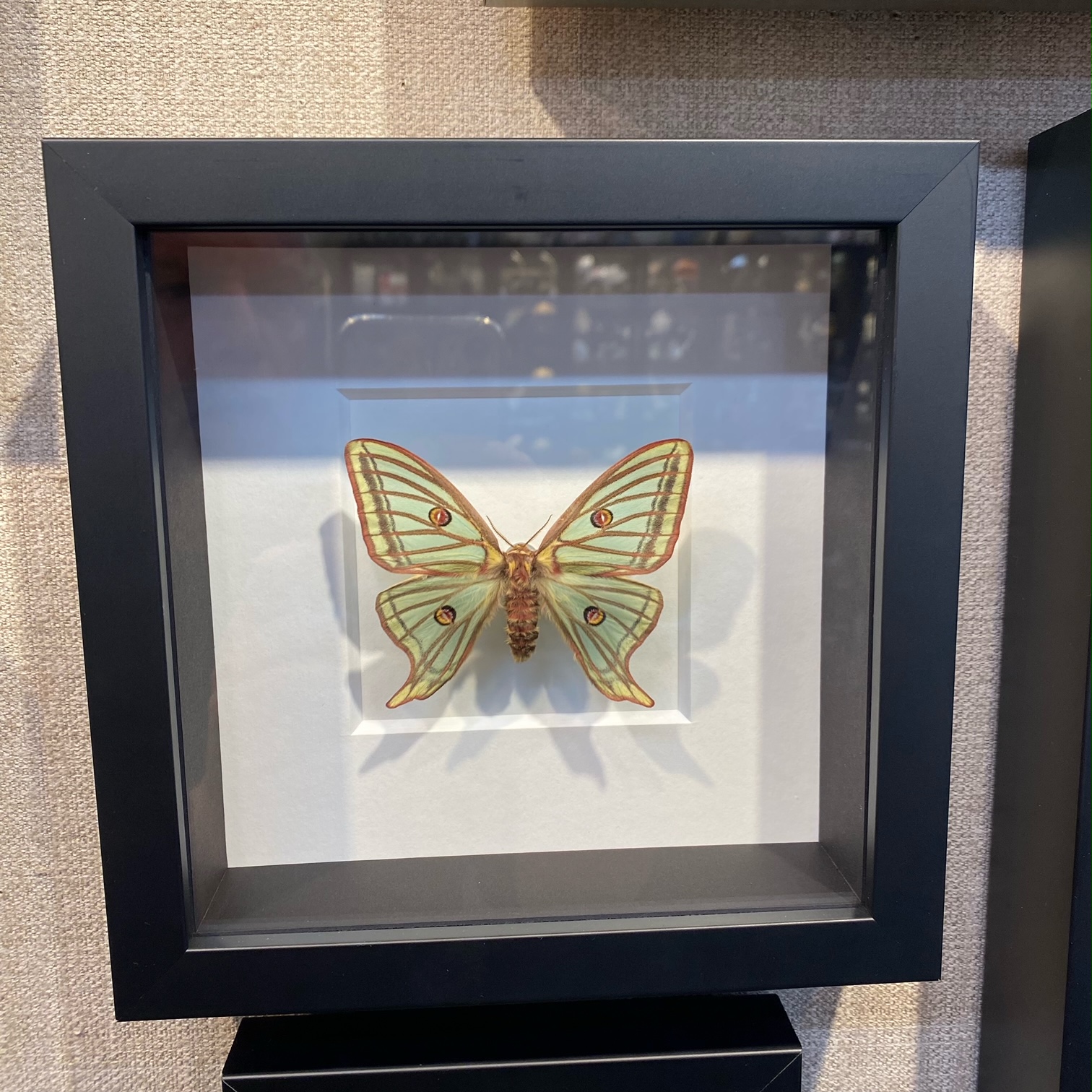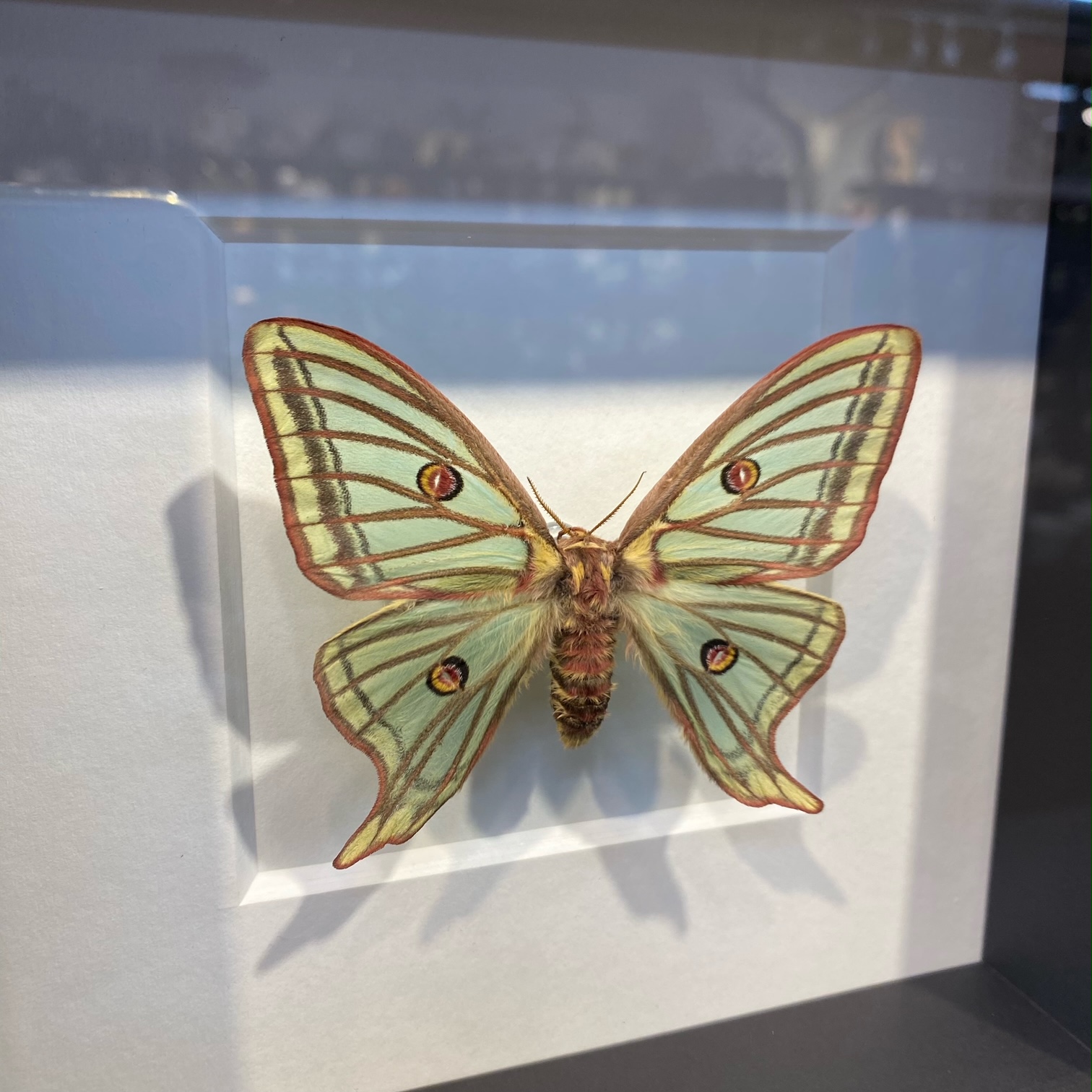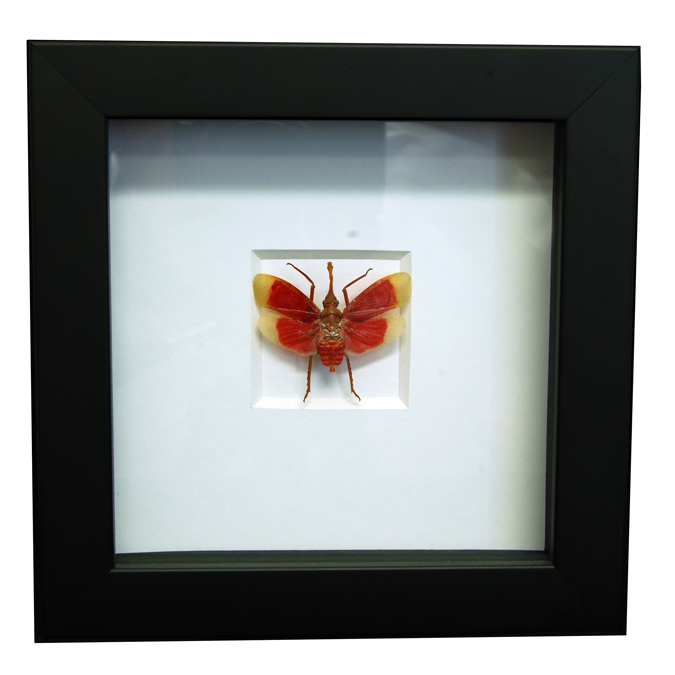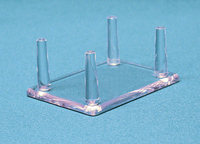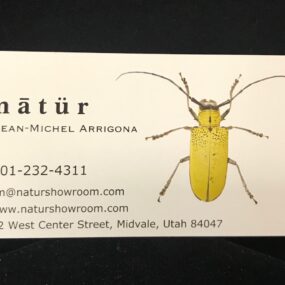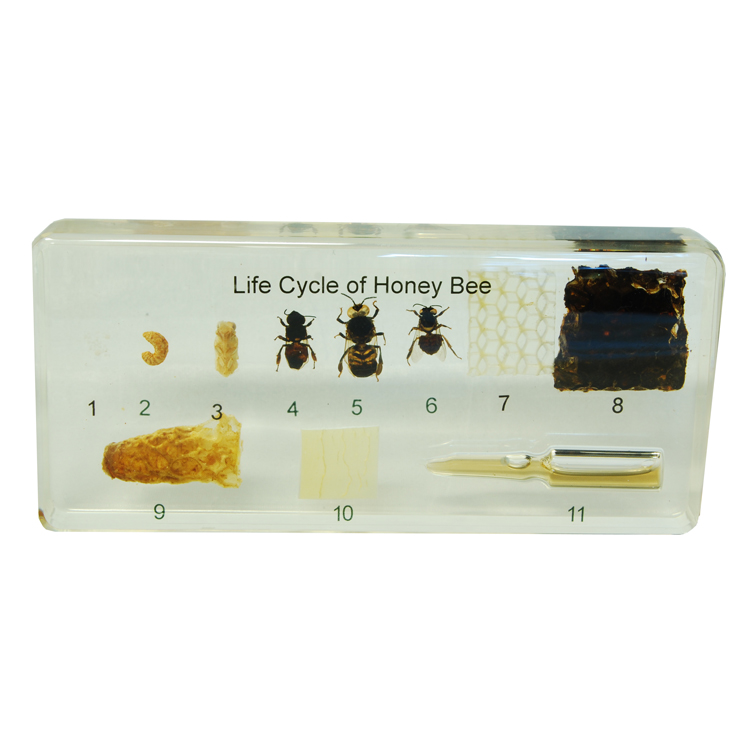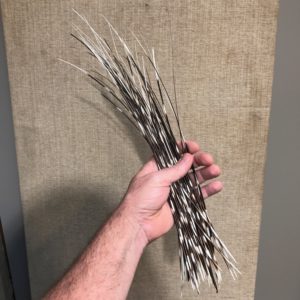Description
Moth, Spanish luna, Graellsia isabellae. Please let us know if you have a preference for a Female or Male, or we will happily send you a specimen we think is beautiful. Female shown in photo.
Absolutely gorgeous, semi translucent wings with bold veins. This species is bred for us because it is
Frame is 8″ x 8″ x 2″ deep.
Graellsia isabellae, commonly known as the Spanish Luna moth or Isabella’s luna moth, is a striking and rare species of moth in the Saturniidae family. It is primarily found in the Iberian Peninsula, specifically in Spain and parts of Portugal. They live high up in the Pyrenees, and other mountain ranges where the climate is cold. There is a small representation in some places located in France and Switzerland, where they are not native, but are generations of captive moths through re-population attributed to human action with specimens from Spain. Here’s a closer look at this fascinating moth:
1. Physical Appearance
- Coloration: Its wings are typically pale green, with distinctive brown and yellow patterns that vary across individuals. The hindwings are the most striking feature, usually pale pink with large, dark eyespots that are thought to be a defense mechanism against predators.
- Markings: The forewings are marked with intricate patterns, which can include shades of brown and yellow, creating a beautiful contrast against its green background. The hindwings have a characteristic large, circular “eye” spot near the center.
2. Life Cycle
- Eggs: The moth starts its life cycle as an egg laid on host plants, usually various species of oaks (genus Quercus), but it may also feed on other deciduous trees like poplar and willows.
- Larvae (Caterpillars): The larvae, or caterpillars, are large and green, often camouflaging well with their surroundings. They go through several stages (instars) as they grow.
- Pupa: After feeding, the caterpillar pupates, forming a cocoon in which it undergoes metamorphosis. The pupal stage is spent underground or hidden in the leaves of trees.
- Adult Moth: Once fully developed, the adult moth emerges, typically in late spring to early summer, and its primary role is reproduction. Adults have a very short lifespan, lasting only about a week, during which they mate and lay eggs.
3. Habitat and Distribution
- Graellsia isabellae is found in a variety of habitats in the Iberian Peninsula, including forests and wooded areas with oaks and other suitable vegetation.
- Its distribution is mainly in Spain and Portugal, although it is considered rare and localized, preferring certain types of woodland and forest environments.
4. Conservation Status
- While not classified as critically endangered, the Spanish Luna moth is considered a species of conservation concern in some areas. Its habitat is under pressure from deforestation and habitat fragmentation. However, it is not widely recognized as being at immediate risk.
- The species is sometimes protected in certain regions, and there are efforts to conserve the moth’s habitat and raise awareness about its ecological importance.
5. Behavior and Ecology
- Nocturnal: Like most moths, Graellsia isabellae is nocturnal, emerging at night to mate and feed on nectar from various plants.
- Defense Mechanism: The large eyespots on the hindwings may act as a form of mimicry or deterrence against predators, potentially confusing birds or other threats.
Fun Fact
The Graellsia isabellae is a beautiful and often sought-after species by moth enthusiasts due to its rare and eye-catching appearance. In addition to its scientific interest, it holds cultural significance in the regions where it resides.
If you’re interested in moths or natural history, this species is a fantastic example of the diversity and beauty of moths worldwide.
Moth, White Witch and Black Witch Moths framed in a Black Wood Frame


